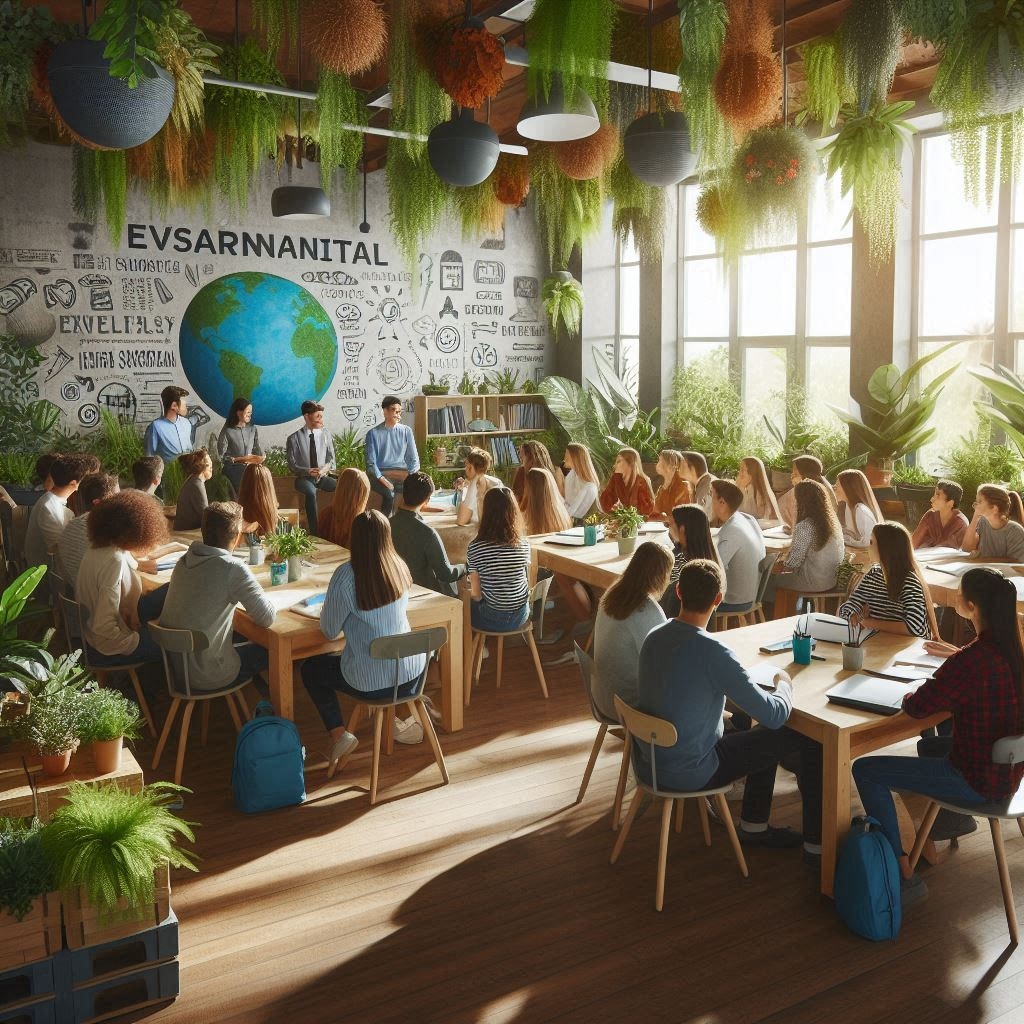The Allure of Aqua Why Country Water Environments Are Tourism’s Best Friend There’s something enchanting about water—it calms the soul,…
Read More

The Allure of Aqua Why Country Water Environments Are Tourism’s Best Friend There’s something enchanting about water—it calms the soul,…
Read More
The Environment and Human Interaction A Fun Idea or a Scary Reality?The environment has always been at the heart of…
Read More
Frogs, Tadpoles, and Newts The Unsung Architects of Ecosystems Guardians of the Ecosystem Frogs, tadpoles, and newts are nature’s understated…
Read More
How to Grow Herbs in a Pond or with Aquaponics ———————————— A Unique Approach to Gardening Gardening is evolving, blending…
Read More
Do Water Plants Do the Same Thing as Normal Plants in the Environment? Water Plants Vs Normal PlantsWhen we think…
Read More
Why Repairing the Environment is Crucial Repairing the EnvironmentEnvironmental repair is no longer an abstract concept or a distant concern—it’s…
Read More
Why Followers Are More Complicated Than Leaders Leaders & FollowersWhen addressing the pressing environmental challenges of our time, much of…
Read More
Funding Societal and Environmental Issues BenefitsAddressing societal and environmental challenges is not merely a moral obligation; it is a practical…
Read More
Home and Farm Environment Pet Ducks, Chickens, and Other Farm BirdsHave you ever considered how much life, charm, and utility…
Read More
The Case for Environmental Education in Schools Greening the CurriculumAs climate change, pollution, and biodiversity loss continue to threaten our…
Read More